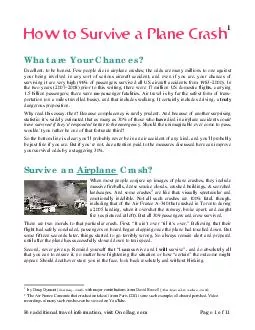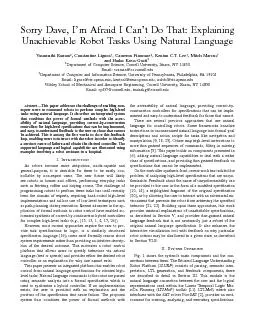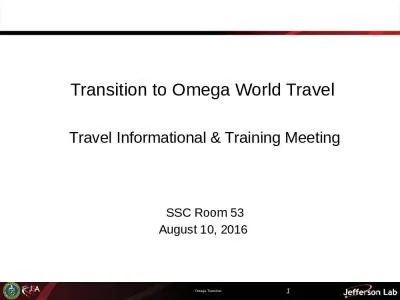PDF-For additional travel information visit OneBag
Author : giovanna-bartolotta | Published Date : 2015-03-12
com Page 1 of 11 What are Your Chances Excellent to be honest Few people die in airplane crashes the odds are many millions to one against your being involved in
Presentation Embed Code
Download Presentation
Download Presentation The PPT/PDF document "For additional travel information visit ..." is the property of its rightful owner. Permission is granted to download and print the materials on this website for personal, non-commercial use only, and to display it on your personal computer provided you do not modify the materials and that you retain all copyright notices contained in the materials. By downloading content from our website, you accept the terms of this agreement.
For additional travel information visit OneBag: Transcript
Download Rules Of Document
"For additional travel information visit OneBag"The content belongs to its owner. You may download and print it for personal use, without modification, and keep all copyright notices. By downloading, you agree to these terms.
Related Documents














